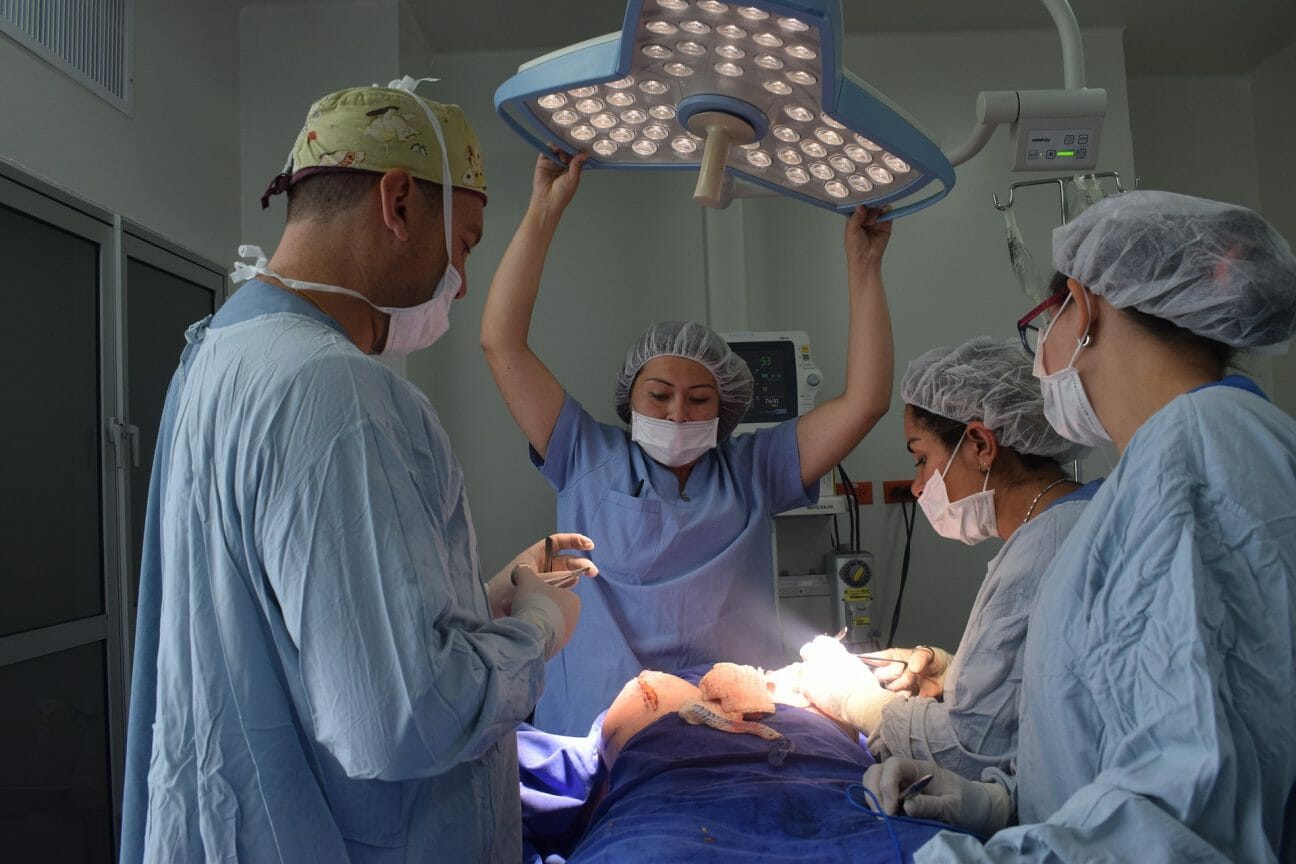It’s completely acceptable to desire some enhancements to achieve your desired look, as long as it doesn’t impose any physical or financial strain. Your body belongs to you, and if there’s a part you wish to improve, you have the liberty to do so. Fortunately, plastic surgery has evolved significantly over time; in the past, achieving the desired appearance required significantly more effort, even with surgical interventions.
In the early 1900s, women undergoing facial procedures often ended up with a red and swollen appearance. Strangely enough, this would eventually lead to a more youthful look. Meanwhile, skin grafts and facial surgeries became prevalent in hospitals post-World War I, laying the groundwork for modern plastic surgery techniques.
The American Association of Plastic Surgeons was established in the 1920s to introduce standardization, addressing the chaotic practices prevalent among amateur plastic surgeons. Plastic surgery almost became a form of public entertainment for a brief period, exemplified by celebrity Martha Petelle’s public facelift in 1931.
Advancing into the 1940s, body modifications gained popularity alongside facial procedures. An unusual belief emerged that small breasts were a “disability,” leading surgeons to insert materials like glass and wood balls into women’s breasts to augment their size. It wasn’t until two decades later that silicone implants were identified as a superior choice.
By the 1980s, over a million Americans were undergoing various procedures annually. It was during this era that treatments such as liposuction and botox saw a surge in popularity, though liposuction’s popularity later experienced a decline. Botox, on the other hand, remains highly sought after, especially in the age of selfie culture.
The key takeaway is that if there’s an aspect of your body that you’re unhappy with, you have the agency to change it. Assuming you have the means, don’t let anyone dissuade you, except perhaps your doctor.
Image Source: Pixabay




































